ARTIST INTERVIEW
Negotiating Solidarity:
Illustration as Process, Collaboration and Collective Negotiation
Illustration as Process, Collaboration and Collective Negotiation
Sharpay Chenyue Yuan talks to José García Oliva who reflects on how image-making can process information and create spaces of solidarity, resistance, and shared meaning
28 Oct 2025
28 Oct 2025
José García Oliva navigates ethical challenges and situates his practice within cultural and historical contexts through collaboration and conversation. He intentionally withdraws his presence, adopting a more neutral stance that directs attention outward—towards how collective acts generate visibility and solidarity. He resists fixed outcomes and positions illustration not as an end product, but as an active process of gathering, questioning, and reimagining what belonging might mean.

INTERVIEW

There is often a rigid perception of drawing and illustration, as they are usually seen as 2D, something to be hung on a wall, or a way of portraying reality or fantasy.
— You mentioned that you don’t work with people’s stories, instead you work with people directly — could you tell us a bit about how this approach developed in your practice? And in what ways has your background in drawing and illustration influenced your working methods?
— If working only from observation, you risk a kind of far-sightedness—a blurriness in the way you can understand a subject by only looking or reading about it. If there’s a group of people struggling with a specific issue, such as poor working conditions, and there are maybe a hundred articles written about it—the specificity of what people are actually complaining about gets lost in translation. Or even if you use a single case or event as your reference, the subtleties of that event get lost if you haven’t been part of it yourself.
That’s why it’s so important that conversations happen—they create spaces of intimacy, trust, and transparency. We always bring a personal intention into a project, and those intentions come from a positionality that is inevitably biased. Conversations open up and challenge the understanding of that subject. It’s crucial that the conversations and exchanges with people allow you to redefine the methods, materials, and tools you use to collectively represent the topic explored, otherwise their stories are only used to validate the work, rather than shaping the work itself.
If I always use the same methods and tools for every project, what tends to happen is that I end up creating a product for myself, rather than responding to the specificity of each project. Of course, everyone has certain crafts they enjoy more than others—I have processes that I continually return to. I often draw to understand conversations, but almost never use them as final outcomes. I revisit the drawings, recordings, other forms of documentation, and translate them into something that makes sense collectively. That is how I like to use illustration and drawing—as ways of gathering and processing information, connecting ideas or capturing a moment. Words can be limiting, especially when you’re dealing with emotions, gestures, or memories not easily articulated through language. Sometimes a repeated stroke or particular textures can record those feelings more accurately.
There is often a rigid perception of drawing and illustration, as they are usually seen as 2D, something to be hung on a wall, or a way of portraying reality or fantasy. I’ve been more interested in what happens when drawing becomes active and illustration is understood as processes applied to illustrate concepts, whatever the medium and format. I was trained to think in terms of ‘good’ or ‘bad' drawings, which often meant hyper-realistic representations of objects or moments. When I collaborate with others, their input challenges my learnt rigidity and it is then freeing and drawing comes alive in a new way, which transforms how I see drawing. That’s why, for me, drawing is less about producing final outcomes and more about methods of understanding—about processes rather than visual statements.
— If working only from observation, you risk a kind of far-sightedness—a blurriness in the way you can understand a subject by only looking or reading about it. If there’s a group of people struggling with a specific issue, such as poor working conditions, and there are maybe a hundred articles written about it—the specificity of what people are actually complaining about gets lost in translation. Or even if you use a single case or event as your reference, the subtleties of that event get lost if you haven’t been part of it yourself.
That’s why it’s so important that conversations happen—they create spaces of intimacy, trust, and transparency. We always bring a personal intention into a project, and those intentions come from a positionality that is inevitably biased. Conversations open up and challenge the understanding of that subject. It’s crucial that the conversations and exchanges with people allow you to redefine the methods, materials, and tools you use to collectively represent the topic explored, otherwise their stories are only used to validate the work, rather than shaping the work itself.
If I always use the same methods and tools for every project, what tends to happen is that I end up creating a product for myself, rather than responding to the specificity of each project. Of course, everyone has certain crafts they enjoy more than others—I have processes that I continually return to. I often draw to understand conversations, but almost never use them as final outcomes. I revisit the drawings, recordings, other forms of documentation, and translate them into something that makes sense collectively. That is how I like to use illustration and drawing—as ways of gathering and processing information, connecting ideas or capturing a moment. Words can be limiting, especially when you’re dealing with emotions, gestures, or memories not easily articulated through language. Sometimes a repeated stroke or particular textures can record those feelings more accurately.
There is often a rigid perception of drawing and illustration, as they are usually seen as 2D, something to be hung on a wall, or a way of portraying reality or fantasy. I’ve been more interested in what happens when drawing becomes active and illustration is understood as processes applied to illustrate concepts, whatever the medium and format. I was trained to think in terms of ‘good’ or ‘bad' drawings, which often meant hyper-realistic representations of objects or moments. When I collaborate with others, their input challenges my learnt rigidity and it is then freeing and drawing comes alive in a new way, which transforms how I see drawing. That’s why, for me, drawing is less about producing final outcomes and more about methods of understanding—about processes rather than visual statements.

'Mano Vuelta' (2023)
Mano Vuelta is a collective artwork created using utensils and materials crafted from corn and clay during my residency at Casa Wabi.

Most of the time, the institutional project finishes, but the relationships continue. Sustaining relationships beyond the funding is one of the key questions I’m constantly trying to figure out.
— Your participatory approach seems to give form to unheard voices through transforming collective tools—and the act of using them—into images. Could you share a bit about how your methodology shifts across different projects ('Traces', 'Landscape', and 'Mano Vuelta')? What changes in your approach depending on the community or context you’re working within?
— It is refreshing to work with different tools, because tools add a new language and respond directly to the subject and the context in which the project is developing. Mano Vuelta was a project developed during my residency in Casa Wabi, Oaxaca, Mexico. Bringing my own tools, or ways of working from London didn’t sit well in that specific environment or with the group I was working with. I found it much more interesting to transform something they considered ordinary from their day-to-day lives into tools of making. In that case, we turned corn into a paint roller. By transforming working tools, and their functionality, these same tools become tools for imagination and allow us to leave marks, becoming a way of materialising the repetitiveness and the concept of labour itself.
In Traces and Landscape, which were part of a longer-term collaboration with cleaners, a similar principle applied. Objects carry their own social and cultural meanings and are visually representative of the person using them. For example, bristles from brooms are something people don’t really want to touch because it’s dirty, and historically, that same idea is followed by the person holding the broom stick too. Angela Chester, one of the cleaners I worked with explained to me: “With one bristle you cannot remove dust, you need a whole broom.” That became the basis of the work: one bristle is nothing, but together they create landscapes. These ideas emerged from conversations, and that’s when participants became part of the process, taking co-ownership of the work produced—which is something very important to me.
My methodology shifts depending on the commission and the time available. Sometimes it is challenging to align how you would like to work with people with the actual space and resources you are given. It’s always a negotiation—not only about the project while it is happening, but also about how to sustain relationships once the funding ends. Most of the time, the institutional project finishes, but the relationships continue. Sustaining relationships beyond the funding is one of the key questions I’m constantly trying to figure out.
— It is refreshing to work with different tools, because tools add a new language and respond directly to the subject and the context in which the project is developing. Mano Vuelta was a project developed during my residency in Casa Wabi, Oaxaca, Mexico. Bringing my own tools, or ways of working from London didn’t sit well in that specific environment or with the group I was working with. I found it much more interesting to transform something they considered ordinary from their day-to-day lives into tools of making. In that case, we turned corn into a paint roller. By transforming working tools, and their functionality, these same tools become tools for imagination and allow us to leave marks, becoming a way of materialising the repetitiveness and the concept of labour itself.
In Traces and Landscape, which were part of a longer-term collaboration with cleaners, a similar principle applied. Objects carry their own social and cultural meanings and are visually representative of the person using them. For example, bristles from brooms are something people don’t really want to touch because it’s dirty, and historically, that same idea is followed by the person holding the broom stick too. Angela Chester, one of the cleaners I worked with explained to me: “With one bristle you cannot remove dust, you need a whole broom.” That became the basis of the work: one bristle is nothing, but together they create landscapes. These ideas emerged from conversations, and that’s when participants became part of the process, taking co-ownership of the work produced—which is something very important to me.
My methodology shifts depending on the commission and the time available. Sometimes it is challenging to align how you would like to work with people with the actual space and resources you are given. It’s always a negotiation—not only about the project while it is happening, but also about how to sustain relationships once the funding ends. Most of the time, the institutional project finishes, but the relationships continue. Sustaining relationships beyond the funding is one of the key questions I’m constantly trying to figure out.

'Traces' (2020–2022)
The project was done in collaboration with the cleaners Julie Haygarth, Janette Nelson, Phillipa Whitehead, Linda Buttle, Rinku Shaw, Agnieszka Stankiewicz, Elzbieta Orczykowska, Martin Bennett, Angela Joss, Amanda Dixon, Angela Chesters, Josie Platt, Jake Haygarth, Yvonne Rawcliffe, Christine Southern and Mariola Orawiec, working at Lancaster University.
Commentary from Sharpay Yuan:
'When everyday tools are reimagined as instruments of drawing, illustration becomes less about the production and more about a process of negotiation, where collective gestures and material transformations generate meanings that exceed the final outcome'.
Commentary from Sharpay Yuan:
'When everyday tools are reimagined as instruments of drawing, illustration becomes less about the production and more about a process of negotiation, where collective gestures and material transformations generate meanings that exceed the final outcome'.

What I’ve been doing for a while is making sure their participation should always be covered in some way if they decide to participate.
— Could you share a bit about how you conceptualise your position/role in collaboration with the community? How does your research and approach support the visual outcomes not only reflect the participants’ perspectives but also communicate to a broader audience?
— The way I position myself is by being transparent about what to do with a specific group. The way I like to do it is by saying: I have this budget, this time, and the possibility to use a space to display or highlight what we can do together —and then asking: are you interested in being part of this process? It is almost like I build a proposal for the local group I’m working on, and it is up to them if they want to be part of it and or use the space on their own terms. What I’ve been doing for a while is making sure their participation should always be covered in some way if they decide to participate: either they are paid to come to the place, or for their time. It’s important to create moments of clarity of what each person is getting out of their time and participation.
All of these need to be presented when I propose a collaboration with a group. The way I position myself is: these are the tools, here’s maybe a previous project I worked on—always with transparency. Money is especially important to be transparent about, because that shows how much time you can dedicate to the project and also what kind of benefits participants can get out of it. Clarity really changes whether people want to be involved. I don’t think there is a recipe on how to work with groups—like, if you do this and this, it will work. Sometimes you do all the ‘right’ things and it still doesn’t work or it doesn’t align ethically with your way of working. I’ve had many different experiences depending on cultural backgrounds, ideas of time or value, or even what art means to participants, and all of that can change the dynamic. Flexibility has to be constantly present because I am the one who proposed the idea in the first place.
Sometimes loads of different activities and exercises I thought would be useful for the final work turned out not useful at all. But it isn’t a waste of time, rather a part of relationship building, which is much more beneficial for the participants and for myself. Part of the socially engaged practice is: you work with humans, not a formula. Working with a group of people is unpredictable, but there’s the beauty of it—the chaos is where poetry emerges. A passing comment, a gesture, a tool exchange, or something one person says might become the thing that should be highlighted.
I like to create spaces for exchanges of knowledge to happen. There are exercises that help stimulate conversation, but I wouldn’t call that a workshop. That’s when you start playing with the conceptualisation of how an idea can be transformed into a method that responds to concepts. There is an abstraction of a conversation when it gets translated into another image—that is when you start building connections. I do a lot of mind-mapping and loose writing to understand what can best convey participants’ messages. I personally have my own preferences, participatory performances, because I like the public part of the work—to invite people to bear witness of the issues being highlighted.
— The way I position myself is by being transparent about what to do with a specific group. The way I like to do it is by saying: I have this budget, this time, and the possibility to use a space to display or highlight what we can do together —and then asking: are you interested in being part of this process? It is almost like I build a proposal for the local group I’m working on, and it is up to them if they want to be part of it and or use the space on their own terms. What I’ve been doing for a while is making sure their participation should always be covered in some way if they decide to participate: either they are paid to come to the place, or for their time. It’s important to create moments of clarity of what each person is getting out of their time and participation.
All of these need to be presented when I propose a collaboration with a group. The way I position myself is: these are the tools, here’s maybe a previous project I worked on—always with transparency. Money is especially important to be transparent about, because that shows how much time you can dedicate to the project and also what kind of benefits participants can get out of it. Clarity really changes whether people want to be involved. I don’t think there is a recipe on how to work with groups—like, if you do this and this, it will work. Sometimes you do all the ‘right’ things and it still doesn’t work or it doesn’t align ethically with your way of working. I’ve had many different experiences depending on cultural backgrounds, ideas of time or value, or even what art means to participants, and all of that can change the dynamic. Flexibility has to be constantly present because I am the one who proposed the idea in the first place.
Sometimes loads of different activities and exercises I thought would be useful for the final work turned out not useful at all. But it isn’t a waste of time, rather a part of relationship building, which is much more beneficial for the participants and for myself. Part of the socially engaged practice is: you work with humans, not a formula. Working with a group of people is unpredictable, but there’s the beauty of it—the chaos is where poetry emerges. A passing comment, a gesture, a tool exchange, or something one person says might become the thing that should be highlighted.
I like to create spaces for exchanges of knowledge to happen. There are exercises that help stimulate conversation, but I wouldn’t call that a workshop. That’s when you start playing with the conceptualisation of how an idea can be transformed into a method that responds to concepts. There is an abstraction of a conversation when it gets translated into another image—that is when you start building connections. I do a lot of mind-mapping and loose writing to understand what can best convey participants’ messages. I personally have my own preferences, participatory performances, because I like the public part of the work—to invite people to bear witness of the issues being highlighted.

'Landscape' (2024)
The project wasdone in collaboration with Janette Nelson, Julie Haygarth, Mariola Orawiec, Phillipa Whitehead, Linda Buttle, Rinku Shaw, Agnieszka Stankiewicz, Elzbieta Orczykowska, Martin Bennett, Angela Joss, Amanda Dixon, Angela Chesters, Josie Platt, Jake Haygarth, Yvonne Rawcliffe and Christine Southern.
Commentary from Sharpay Chenyue Yuan:
'In participatory and site-specific practices, illustrators may intentionally decentralise their authorship to give space to community voices, collaborators, or participants'.
Commentary from Sharpay Chenyue Yuan:
'In participatory and site-specific practices, illustrators may intentionally decentralise their authorship to give space to community voices, collaborators, or participants'.

There’s a rule I’ve set for myself: every time I write a project report to include things that could be changed within the institution I’ve been working with.
— In Traces and Landscape, you look into the same group of (migrant) labour and its interrelation within the social network, what have been the most significant ethical challenges—and the most valuable insights during your collaboration with them?
— The biggest challenge is how benefits are embedded in the institution. The artist will be the one who benefits—they might get future commissions based on it, so there is a clear gain for them. The question is: what happens with the people who participated in the workshops? How are they benefiting in the long term? There’s a rule I’ve set for myself: every time I write a project report to include things that could be changed within the institution I’ve been working with. I work closely with the union, and they help me write potential solutions to the issues they have raised during the encounters. This is the boring backstage work—it’s not part of the visible outcome but an administrative one and a fundamental part for the projects. Without it, the work doesn’t end.
In most of the subjects I work with, it is hard for workers to say what the actual problem is, and it helps to have a middle person that is not necessarily a union. There was a moment when I said: this work won’t be shown until certain changes take place. I was working with cleaners who complained they didn’t even have a five-minute coffee or tea break during their shifts. I told the institution commissioning me: I won’t show the work until you implement at least ten minutes of paid break. For me, making art is also about respecting the participants who are trusting you in this process. Art-making is about building a legacy of something that happened at a particular moment in time—you materialise it through illustration, or image-making. Alongside that, there are other things I become aware of and care about. If I abstract all the messages and experiences into a painting or drawing is great if it is capturing a collective experience, but it feels something is missing—an extra layer that could take the form of a report, capturing complaints and requests directly and even if they aren’t part of the work shown is the skeleton of the work itself. It’s a pack with various components.
— The biggest challenge is how benefits are embedded in the institution. The artist will be the one who benefits—they might get future commissions based on it, so there is a clear gain for them. The question is: what happens with the people who participated in the workshops? How are they benefiting in the long term? There’s a rule I’ve set for myself: every time I write a project report to include things that could be changed within the institution I’ve been working with. I work closely with the union, and they help me write potential solutions to the issues they have raised during the encounters. This is the boring backstage work—it’s not part of the visible outcome but an administrative one and a fundamental part for the projects. Without it, the work doesn’t end.
In most of the subjects I work with, it is hard for workers to say what the actual problem is, and it helps to have a middle person that is not necessarily a union. There was a moment when I said: this work won’t be shown until certain changes take place. I was working with cleaners who complained they didn’t even have a five-minute coffee or tea break during their shifts. I told the institution commissioning me: I won’t show the work until you implement at least ten minutes of paid break. For me, making art is also about respecting the participants who are trusting you in this process. Art-making is about building a legacy of something that happened at a particular moment in time—you materialise it through illustration, or image-making. Alongside that, there are other things I become aware of and care about. If I abstract all the messages and experiences into a painting or drawing is great if it is capturing a collective experience, but it feels something is missing—an extra layer that could take the form of a report, capturing complaints and requests directly and even if they aren’t part of the work shown is the skeleton of the work itself. It’s a pack with various components.
— Your ongoing focus on migrant labour appears to stem from both personal experience and observation across multiple geographies. How could image-making or collaboration, in this context, be understood as a method of navigating belonging—not only for those you collaborate with, but also for yourself?
— In the moments of making, there is a sense of joy that moves far away from the repetitive labour of work. It creates a space of comfort where people can share their experiences and build a sense of fellowship or comradeship, like: ‘I’m not alone.’ It’s the same idea as unionising: that power of coming together in a room and finding things in common. I’ve worked as a bartender in Spain and cleaning jobs in Ireland, and I do not carry great memories of those times. That’s how you start realising that, depending on where you come from, you are often expected to do certain kinds of jobs. For me, it’s important to find ways to challenge those stereotypes—to turn something considered dirty or unworthy into something glorified.
Art-making is almost an excuse to gather. It’s not the ultimate goal, but more like glue—an activity that’s slightly different from day-to-day work, which then becomes something else: a shared experience. I wouldn’t say that’s exactly belonging, but a kind of solidarity between people. Particularly in arts, there’s often so much ego and individualism that fit into a privileged idea that only few people can afford it. What I value is the opposite: creating spaces of collectivity, solidarity, and shared expression using the platforms and settings of contemporary art.
Art-making is almost an excuse to gather. It’s not the ultimate goal, but more like glue—an activity that’s slightly different from day-to-day work, which then becomes something else: a shared experience. I wouldn’t say that’s exactly belonging, but a kind of solidarity between people. Particularly in arts, there’s often so much ego and individualism that fit into a privileged idea that only few people can afford it. What I value is the opposite: creating spaces of collectivity, solidarity, and shared expression using the platforms and settings of contemporary art.

Sharpay Yuan:

— Your work often engages with layered and complex histories — how do you approach the challenge of making the history visible, while being attentive to their complexity, silences, or absences?
— It’s funny because all of these things are so visible in everyday life. I’m not doing much more than putting a spotlight on things that are already in place. In terms of absences or silences within a particular cultural context—where there are many conversations and narratives about being progressive or decolonising institutions and curricula—there is a huge gap between what is said and what is actually applied. Who is talking about those issues, and how they’re being funded to talk about them, doesn’t feel balanced yet.
There’s also so much silence because there’s so much fear. In the current project I’m working on, people want to be part of the project, but not to be recognizable because they’re afraid of losing jobs or visas. In this context, the silence says more than words can: you have a job, but you’re not able to talk about it, that already says everything. It takes a lot of time to decipher and to ask why we are still talking about the same subjects over and over. In the UK, you sometimes believe the system is very decolonised with all its politeness. But when you look at the labour market—how everything is shaped for the profit of corporations and tied to visas that allow people to enter—the contrast is shocking. These are all layers apart of the project. They’re not necessarily present in the activity itself but surround it.
I try to think about how these layers can support the project, or how they can be brought back into it. For that, you need time, collaboration, and people who are in those fields—like labour rights or sociology—who can support the way of understanding the specificity of the context. The idea of these complexities and how you decipher them, isn’t something I do by myself. It’s more about recognising your weaknesses—what you lack—and then asking how you can find support in those moments. My practice involves loads of names, and that’s something important for me to constantly acknowledge and bring them onto projects.
There’s also so much silence because there’s so much fear. In the current project I’m working on, people want to be part of the project, but not to be recognizable because they’re afraid of losing jobs or visas. In this context, the silence says more than words can: you have a job, but you’re not able to talk about it, that already says everything. It takes a lot of time to decipher and to ask why we are still talking about the same subjects over and over. In the UK, you sometimes believe the system is very decolonised with all its politeness. But when you look at the labour market—how everything is shaped for the profit of corporations and tied to visas that allow people to enter—the contrast is shocking. These are all layers apart of the project. They’re not necessarily present in the activity itself but surround it.
I try to think about how these layers can support the project, or how they can be brought back into it. For that, you need time, collaboration, and people who are in those fields—like labour rights or sociology—who can support the way of understanding the specificity of the context. The idea of these complexities and how you decipher them, isn’t something I do by myself. It’s more about recognising your weaknesses—what you lack—and then asking how you can find support in those moments. My practice involves loads of names, and that’s something important for me to constantly acknowledge and bring them onto projects.


Mano Vuelta, 2023

[The word 'community'] is often applied to marginalised groups as a label: they are a “community” in need of help, support, or intervention. Institutions repeat it endlessly in funding applications and grants, without questioning what it really means.
— You mentioned your awareness of the non-neutral essence of the use of the word ‘community’ — could you elaborate on your observations regarding this, and how your practice negotiates the assumptions often embedded in the use of this term?
— I like the word community, but it’s often badly applied. At its root, it comes from the idea of the commons—something shared, which makes it a beautifully constructed word. The problem is less with the word itself, and more with how it has been used, especially in the cultural sector. It’s often applied to marginalised groups as a label: they are a “community” in need of help, support, or intervention. Institutions repeat it endlessly in funding applications and grants, without questioning what it really means.
Language shifts over time—and I think we need to be more precise. I avoid using this word unless the group finds themselves like a community. Sometimes groups are called a community simply because they live in the same place, or do similar jobs, but that doesn’t mean they see themselves connected. Belonging is more complex than an external label.
— You mentioned your preference for long-term research -- how does the passage of time affect the depth and complexity of your understanding of the people and themes you work with?
— Time is everything—if working with a group of people, it needs to be long term to develop a relationship and trust. Some subjects are deeply layered, shaped by histories that extend far beyond the immediate context. Take labour as an example: the types of jobs people are given are often connected to colonial histories, to the dominance of English as an international language, and to the way control is exercised through that. In one project, the workers I collaborate with don’t speak English. I find it revealing: they’re invited to the UK only for physical work, not for their ideas or contributions. There’s no effort to provide language classes, no attempt at cultural exchange. That already sets the framework—you’re here for your body, not your voice.
Understanding those structures takes time, just as working with institutions takes time to uncover their biases and their expectations. What I want to avoid most is the kind of celebratory project that simply showcases ‘diversity’ or ‘community’ as something positive to be consumed. If we are celebrating it’s about the work and time we have put together but not so much of the narratives the work contains. Sometimes the work isn’t about celebrating—it’s about confronting the opposite.
— I like the word community, but it’s often badly applied. At its root, it comes from the idea of the commons—something shared, which makes it a beautifully constructed word. The problem is less with the word itself, and more with how it has been used, especially in the cultural sector. It’s often applied to marginalised groups as a label: they are a “community” in need of help, support, or intervention. Institutions repeat it endlessly in funding applications and grants, without questioning what it really means.
Language shifts over time—and I think we need to be more precise. I avoid using this word unless the group finds themselves like a community. Sometimes groups are called a community simply because they live in the same place, or do similar jobs, but that doesn’t mean they see themselves connected. Belonging is more complex than an external label.
— You mentioned your preference for long-term research -- how does the passage of time affect the depth and complexity of your understanding of the people and themes you work with?
— Time is everything—if working with a group of people, it needs to be long term to develop a relationship and trust. Some subjects are deeply layered, shaped by histories that extend far beyond the immediate context. Take labour as an example: the types of jobs people are given are often connected to colonial histories, to the dominance of English as an international language, and to the way control is exercised through that. In one project, the workers I collaborate with don’t speak English. I find it revealing: they’re invited to the UK only for physical work, not for their ideas or contributions. There’s no effort to provide language classes, no attempt at cultural exchange. That already sets the framework—you’re here for your body, not your voice.
Understanding those structures takes time, just as working with institutions takes time to uncover their biases and their expectations. What I want to avoid most is the kind of celebratory project that simply showcases ‘diversity’ or ‘community’ as something positive to be consumed. If we are celebrating it’s about the work and time we have put together but not so much of the narratives the work contains. Sometimes the work isn’t about celebrating—it’s about confronting the opposite.

José García Oliva on Instagram


